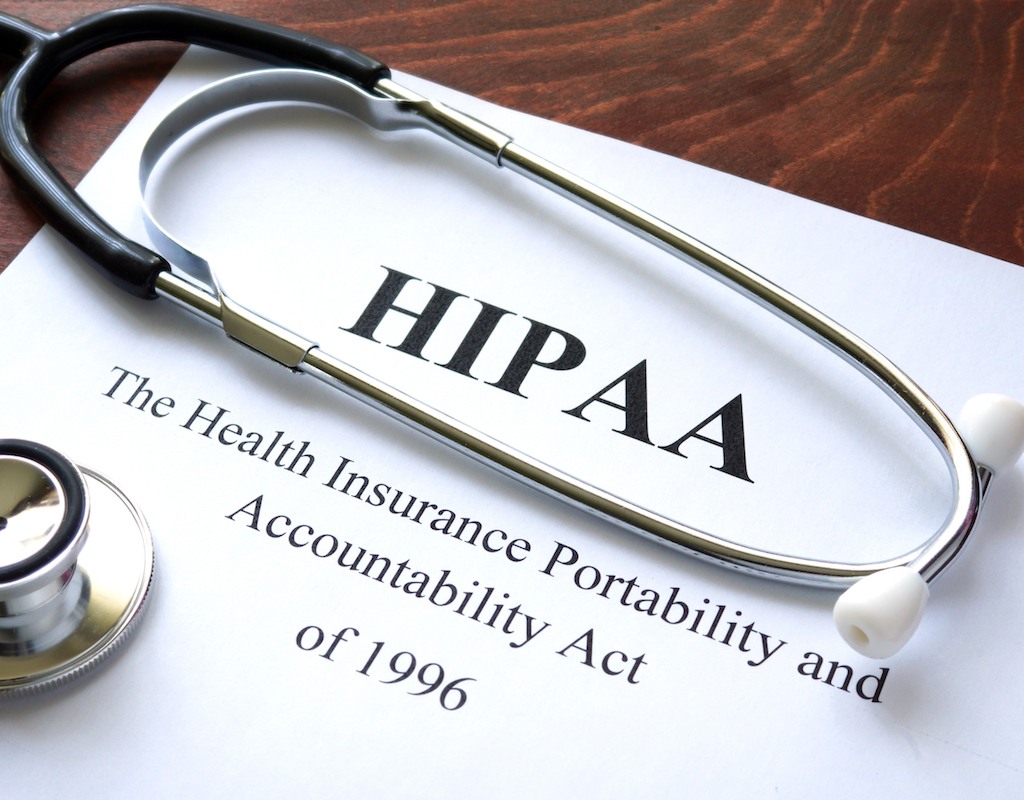
3 Reasons to Use a HIPAA-Compliant Telemedicine Solution
During the current nationwide public health emergency, the government has lifted penalties for HIPAA violations when it comes to certain areas of telemedicine. Despite these waivers from the U.S. Department of Health and Human Services Office for Civil Rights, it’s important for pediatric practices to use a telehealth platform that provides security and privacy.
Standard video conferencing technology may seem convenient in the present climate, but those solutions will not serve your pediatric practice in the near future when HIPAA compliance will once again be required for conducting virtual visits.
Why is HIPAA compliance important now — even with the waivers? Justin Joy, J.D., is a Memphis-based attorney who specializes in the HIPAA Privacy Rule, Security Rule, and Breach Notification Rule compliance. He offers three reasons why a secure and private telemedicine platform matters today and well into the future.
You Can Triage and Chat Prior to a Visit
Before engaging in virtual visits with patients, it’s crucial to triage them so you can determine if telemedicine is appropriate. Not every medical concern is suitable for telehealth. For example, if a patient complains of COVID-19 symptoms, such as shortness of breath and fever, the best course of action is most likely to suggest he or she be tested.
“This may seem obvious to providers, but may not be so to a potentially panicked patient,” Joy said. “In any case, you should use your professional judgment to determine whether a patient can be assessed via telemedicine before the visit begins. During the visit, if it becomes apparent that the visit should not continue, terminate it and move to an in-person appointment if at all possible.”
In addition, Joy recommends obtaining consent from patients before virtual encounters. He suggests a specific telemedicine consent form to gain written consent. At the start of the telehealth appointment, providers should ask again for verbal consent and make a note of it in the medical record.
You Can Receive Images That Accompany the Live Video Appointment
When seeing a patient via telehealth, it can be helpful to have photos to complement the video encounter. For example, parents might take pictures of a rash on the child’s skin or the child’s eyes if they suspect an infection.
The submitted photos then become part of the medical record, so it’s important that your telemedicine solution is securely encrypted. You want all patient health information, including images, to be protected. One caveat of the waivers from the Office for Civil Rights is that telehealth must still be practiced “in good faith.” A key requirement of that “good faith” is that you use a private channel, or one that requires a username and password on both ends.
“The Office for Civil Rights is expecting providers to use a non-public facing remote communication product,” Joy explained. “By default, that only allows the intended parties to participate.”
You Can Conveniently Add Notes to the Medical Record
After conducting a telehealth visit, you will use your professional judgment to decide what information to include in your notes. A secure telemedicine platform should allow you to record notes in the physician portal and add them to the patient’s medical record.
It’s helpful if your notes appear conveniently alongside patient demographics, the clinician encounter duration, and the provided images for inclusion on the medical record. All of these items will be available for download and stored securely.
For liability reasons, Joy does not recommend recording entire video encounters with patients because those audio and video files then become part of the medical record. He suggests continuing to add notes after telemedicine appointments, just like you would following an in-person office visit, rather than recording the entire video encounter.
Moving Forward with Secure Telemedicine
As the COVID-19 crisis continues to evolve, Joy said he sees this time as a test for our nation’s healthcare system, but also for telemedicine. “This can either be telemedicine’s shining moment and perhaps fundamentally change the way healthcare is delivered in the future, or, conversely, it may end up casting a doubt on telemedicine’s providers and patients.”
To ensure this is, in fact, a shining moment for telehealth, it’s crucial for providers to understand that telemedicine means providing real healthcare to patients. As such, choose a secure, HIPAA-compliant platform, such as Anytime Pediatrics.
“Telemedicine is not something to dabble in,” Joy added. “If you are brand new to this and are seeing patients remotely because of the pandemic, please be thoughtful. Do not take this casually even though there has been relaxation, especially with federal rules.”
When selecting Anytime Pediatrics for your practice, you can be confident in its security and privacy capabilities. It is the only HIPAA-compliant and pediatric-specific telemedicine solution designed as a long-term solution for every pediatric practice. The platform is securely encrypted, and all information is protected and shared in accordance with HIPAA compliance standards.